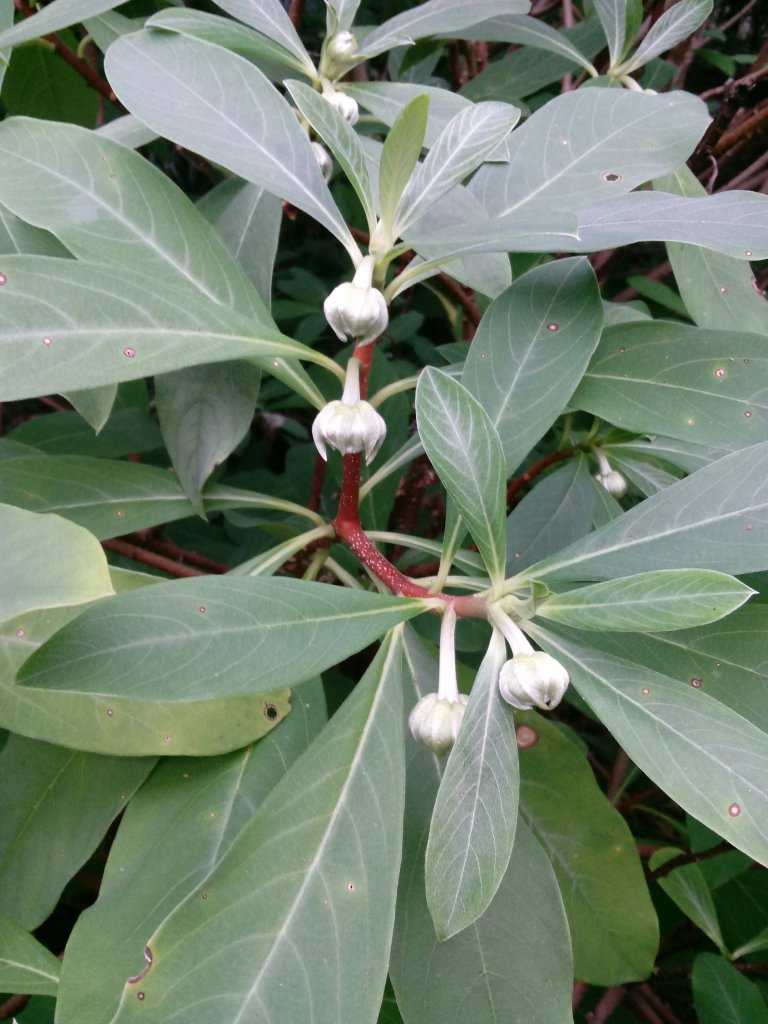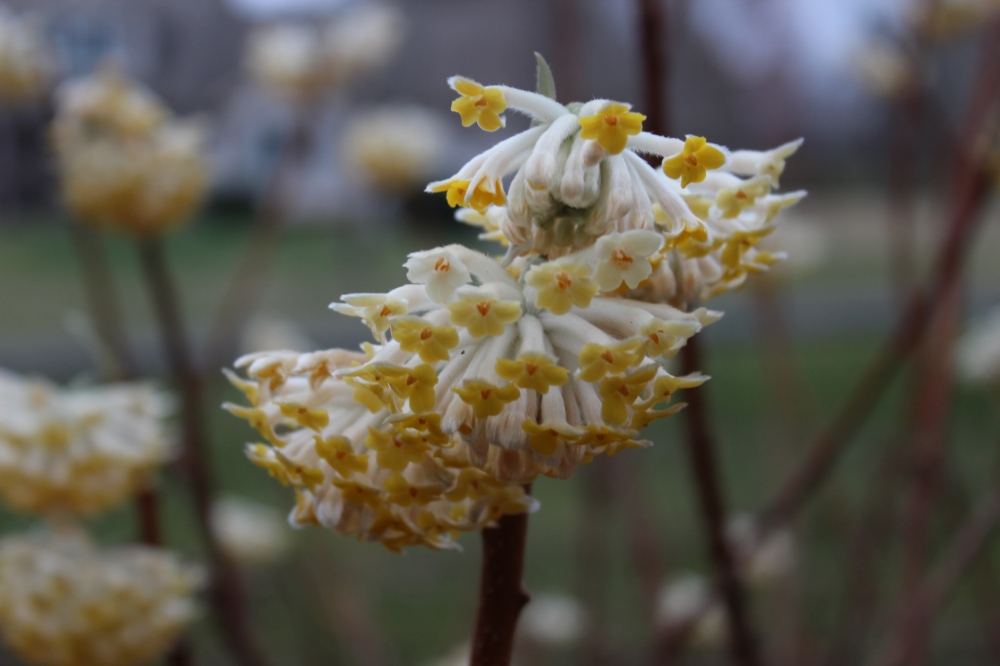I must be careful not to presume that every gardener is as carefree, and sometimes careless as I am when selecting and positioning plants. Not always, but often I plant first, think later. Of course, others are also guilty on occasion, I suppose, but this is of little comfort when one plant begins to overwhelm another. While plants are often placed inappropriately by those ignorant of a plant’s requirements, I reckon that enthusiastic, and in their zeal, knowledgeable gardeners also are likely to cram plants into what becomes too small a space.
To my thinking, there are far too many treasures that must be included in a garden, and though this garden is relatively large (an acre and a quarter), there is a time after three decades when space runs short. My wife suggests making a deal with the neighbor to move onto his lot, but I’m certain I can shoehorn a bit more planting into the few small remaining spaces. Probably, not all will be ideally suited to the area or conditions, but sacrifices must be made and those concerns will be addressed some time in the future.

While I accept the largest part of the blame, on occasion I’m able to plead innocence for plants that grow too large. I’ve been mislead, and immediately I point out the error of references stating the mature size of paperbush (Edgeworthia chrysantha) as anywhere from four to six feet tall and wide. I insist that I allocated adequate space when several were planted years ago (since no one will ever know), but one has grown to at least fifteen feet wide, another twenty, and this is after both were pruned severely following freeze damage at six degrees below zero (Fahrenheit) several years ago.
I’ve planted two others in shadier spots, and both are growing with similar vigor. Soon, one will obstruct a path, so while I’ve been led astray by references, I’m also a slow learner. Fortunately, paperbushes are easy to prune. Branches can be removed without disrupting the shrub’s mounding structure, and if any part needs to be chopped too much, it will quickly grow back. Several neighboring shrubs that filled voids while these were small have perished, or were moved, and I expect a yellow, threadleaf spirea (Spirea thunbergii ‘Ogon’) will be the next to go since it’s a bit too old to move successfully.
Why does a shrub grow far beyond expectations? Certainly, the expectations were incorrect, and why references give this incorrect information, I can’t answer. But also, I often find one plant or another flourishes in one spot, while only surviving with moderate growth in another. In the case of the paperbushes, they are exuberant growers every year, but in the very damp period from spring through late summer all have grown with unusual vigor. The one that is fifteen feet across has spread into an edge of the lower garden that has remained saturated for months, and off and on wilting and yellowing leaves showed its displeasure. For a short while, I was concerned for its health, but then the wilt would perk back up, the few yellow leaves would drop, and everything would be back to normal.
Now, this paperbush and others are loaded with flower buds that will bloom in February and March as long as winter temperatures don’t drop too long or much below zero. If any must be chopped back (and they do), this will be done in early spring after flowering.

As an arborist, I occasionally encounter Italian stone pines that used to be those little decorated and potted Christmas trees, and were then planted out in the garden, almost always too close to the foundation.
References stated that Taxus baccata ‘Dovastoniana Aurea Pendula’ would grow to 6 feet in 10 years. I supposed this would be interesting planted just off the rear corner of the house. Unfortunately, it has grown into a 20+ foot creature with pendulous branches that my wife brings up constantly to point out the error of my ways. Also, it’s become too shaded, so branch tips are barely yellow. I am very good at blaming others.
That is more of a realistic mistake though. I would do the same, . . . . and have done so even when I should know better. I pulled up a tiny seedling of a bluegum from a landscape, and felt sorry for it. I canned it, and it grew, so got canned in a #5, and it grew, so . . . you can imagine what happened. It now gets pollarded to provide aromatic juvenile foliage. I can not bare to kill it.